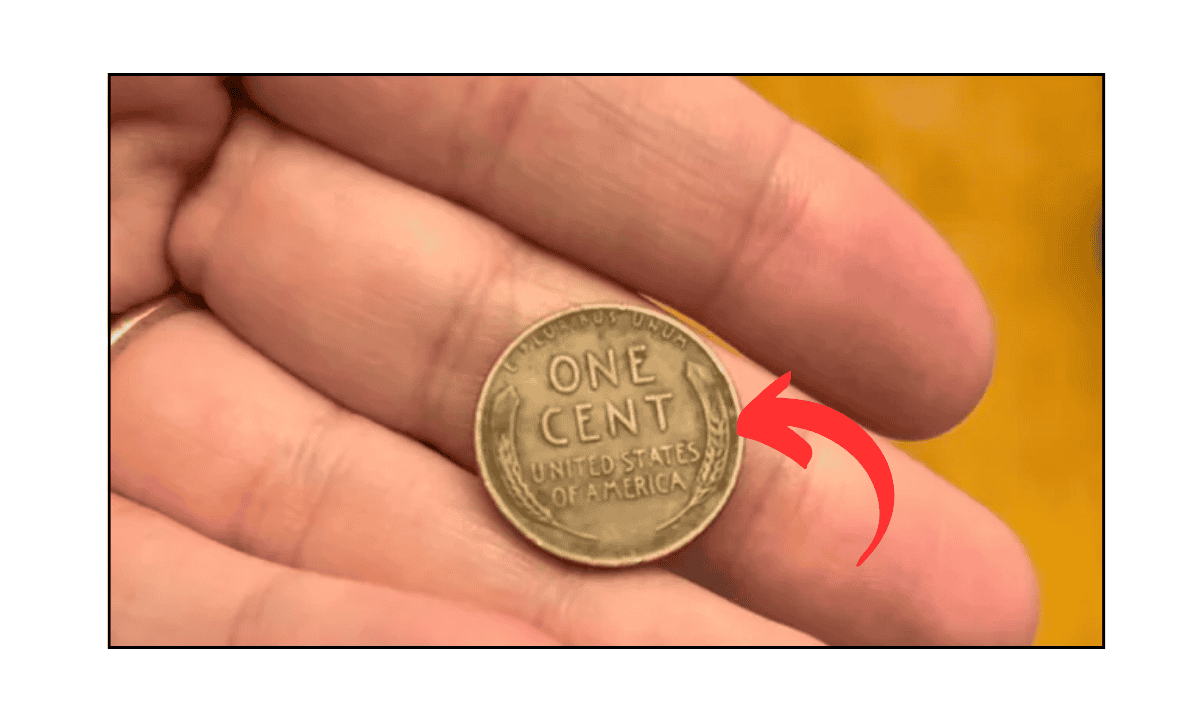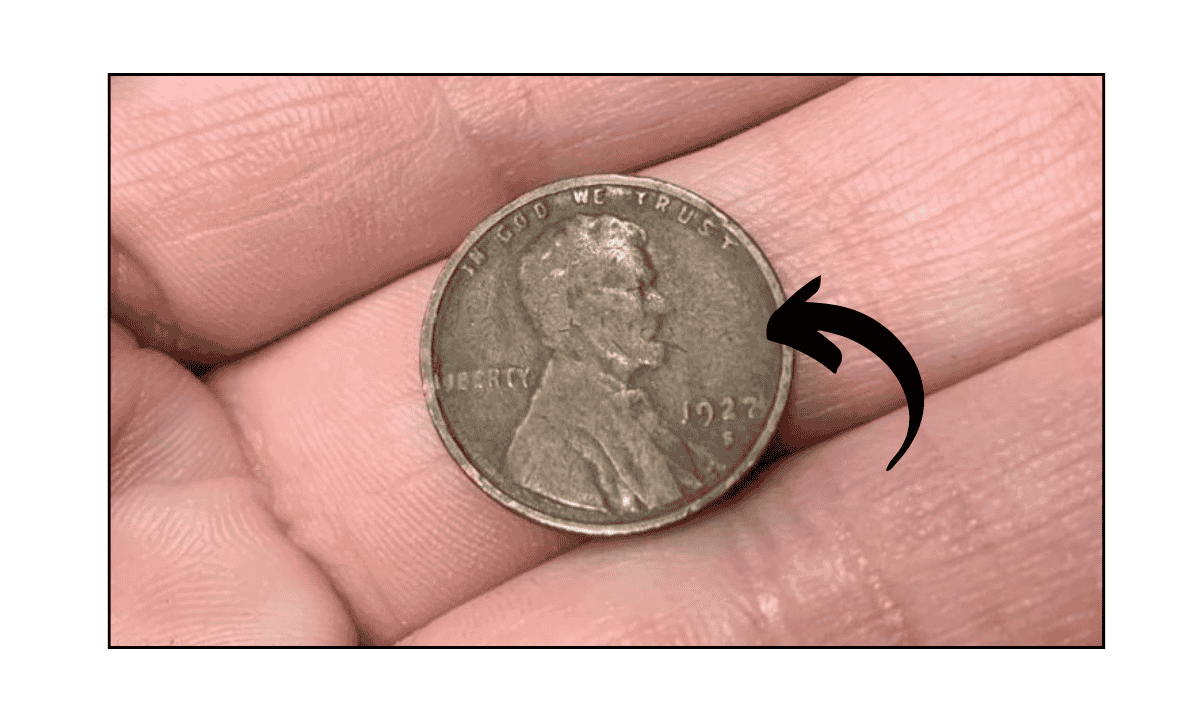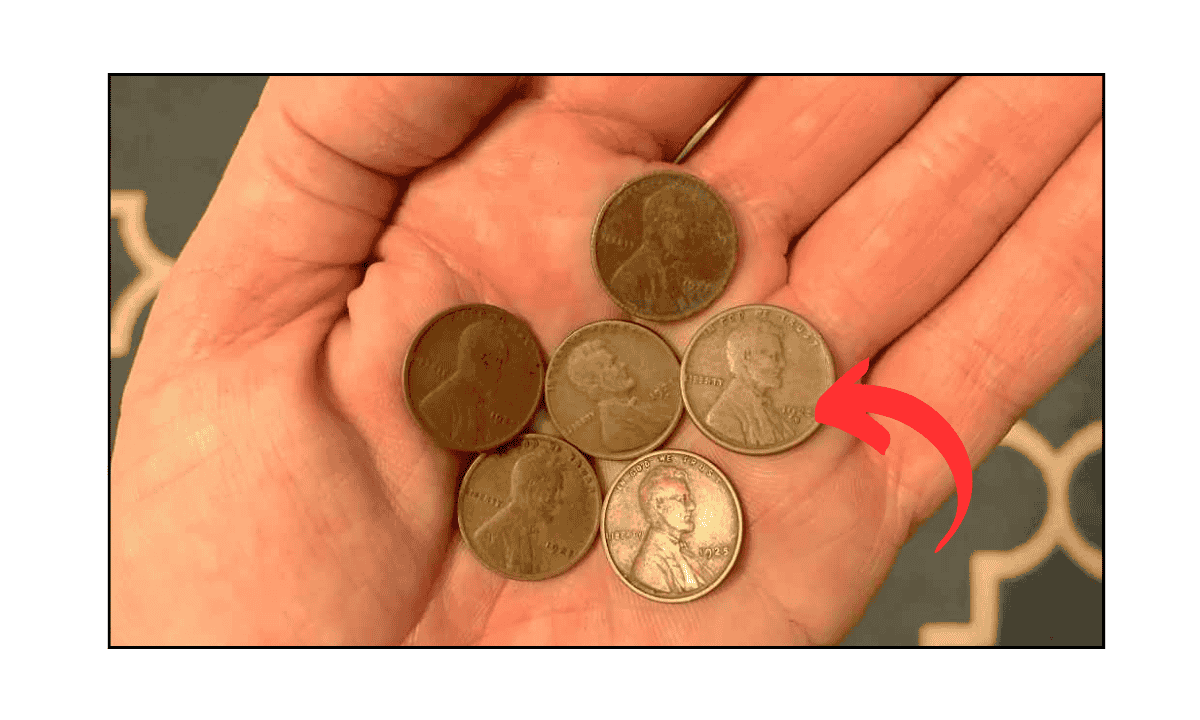Imagine finding a penny worth $5.2 million in your pocket change! The Lincoln Wheat Penny, first minted in 1909, is one of the most sought-after U.S. coins. While most are worth just one cent, a rare 1943 Bronze Lincoln Wheat Penny recently sold for $5.2 million—and some could still be in circulation today.
Could you unknowingly be carrying a multi-million-dollar coin? Let’s explore its history, how to identify one, and what to do if you find it!
Table of Contents
Why Is the 1943 Lincoln Wheat Penny Worth .2 Million?
During World War II, the U.S. Mint switched from copper to zinc-coated steel pennies to conserve copper for wartime production. However, due to a minting error, a few 1943 pennies were mistakenly struck in bronze instead of steel, making them one of the rarest and most valuable U.S. coins ever produced.
Key Reasons for Its Value:
- Extremely Rare: Only 15 to 20 authentic 1943 bronze pennies are known to exist.
- Minting Error: These pennies were accidentally struck on leftover 1942 copper planchets instead of steel.
- Collectors’ Demand: Due to their rarity, collectors are willing to pay millions for them.
Record Sale Price:
In 2024, a 1943 Bronze Lincoln Wheat Penny was auctioned for a jaw-dropping $5.2 million, setting a new record.
How to Identify a Rare 1943 Bronze Lincoln Wheat Penny
If you come across a 1943 Lincoln Wheat Penny, follow these steps to see if it’s the rare bronze version:
1. Check the Year and Mint Mark
Look for 1943 on the penny. If it’s made of bronze instead of steel, it could be worth millions.
Rare 1943 bronze pennies were minted in:
- Philadelphia (no mint mark)
- Denver (D mint mark)
- San Francisco (S mint mark)
2. Test with a Magnet
- A real 1943 bronze penny will NOT stick to a magnet.
- A common 1943 steel penny will stick to a magnet.
3. Check the Weight
- A genuine 1943 bronze penny weighs 3.11 grams.
- A steel 1943 penny weighs 2.7 grams.
4. Look for the Color Difference
- Bronze pennies have a reddish-brown tint.
- Steel pennies appear gray or silver-colored.
Other Valuable Lincoln Wheat Pennies
While the 1943 bronze penny is the most valuable, other Lincoln Wheat Pennies are also worth thousands of dollars:
| Year & Type | Potential Value |
|---|---|
| 1909-S VDB Penny | Up to $100,000+ |
| 1914-D Penny | Up to $150,000 |
| 1922 No D Penny | Up to $80,000 |
| 1955 Double Die Penny | Up to $50,000 |
Tip: Always check your old pennies—one of them could be worth a fortune!
What to Do If You Find a 1943 Bronze Penny
If you think you’ve found a rare 1943 bronze penny, follow these steps:
- Test with a magnet – If it sticks, it’s steel (not rare).
- Weigh the penny – A real bronze version weighs 3.11 grams.
- Get it authenticated – Take it to a professional coin dealer or numismatist.
- Consider selling it – Rare pennies fetch millions at major coin auctions.
The 1943 Bronze Lincoln Wheat Penny is one of the rarest and most valuable U.S. coins. If you find one, you could be holding a multi-million-dollar treasure!
Next time you check your spare change, old coin collections, or family piggy banks, look closely—a hidden fortune may be waiting for you!
FAQ’s
Why is the 1943 Lincoln Wheat Penny worth $5.2 million?
The 1943 bronze penny was mistakenly minted during World War II when pennies were supposed to be made of steel. Only 15 to 20 exist, making them extremely rare.
How can I tell if I have a valuable 1943 bronze penny?
A real 1943 bronze penny will not stick to a magnet, weighs about 3.11 grams, and has a reddish-brown color. If you suspect you have one, consult a coin expert.
Are there other valuable Lincoln Wheat Pennies?
Yes! Rare editions include the 1909-S VDB penny, 1914-D penny, 1922 No D penny, and the 1955 Double Die penny, which can be worth thousands of dollars.
How many 1943 bronze pennies exist?
Experts estimate that only 15 to 20 genuine 1943 bronze pennies exist today, making them one of the rarest U.S. coins.
Where can I sell a valuable Lincoln Wheat Penny?
If you believe you have a rare penny, take it to a professional coin dealer, auction house, or numismatic expert for appraisal and authentication.












